Newsletter | Horror's Hall Of Fame: Decoding Platinum Dunes' Formula For Frights
This is #HouseOfHorrors, where Prahlad Srihari compiles the definitive guide on the modern production houses that comprise the genre's hall of fame.
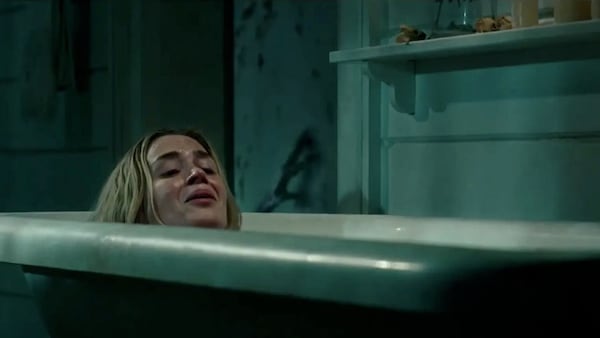
Last Updated: 03.06 PM, May 16, 2023
This column was originally published as part of our newsletter The Daily Show on May 16, 2023. Subscribe here. (We're awesome about not spamming your inbox!)
***
This is OTTplay’s House Of Horrors, an 8-part guide to the eight contemporary production houses that have cemented their spots in the genre’s hall of fame. In part 3, we look at Platinum Dunes. Also read part 1 on Blumhouse, and part 2 on A24.
What is Platinum Dunes?
The production company, founded by ace explodeur Michael Bay along with Brad Fuller and Andrew Form, has been a driving force in Hollywood’s recycling industry since 2001. Early on, their business model was to take seminal works of horror from the ‘70s and ‘80s and give them a shinier polish. The results were invariably substandard retreats which had lost the acidic edge of the originals — a bad reputation redeemed to a degree by A Quiet Place, the one truly original horror film in their portfolio.
What is Platinum Dunes known for?
Depending on how bitter horror fans are feeling at a given point in time, the answer may vary between bringing us A Quiet Place and ruining the legacy of classic slashers with hollow updates.
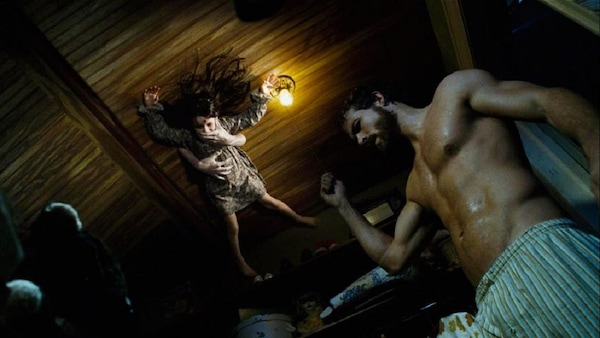
Platinum Dunes began their business like a company that was already asset stripping. Their mission statement could very well have been: recycle, revision, repackage. There was no real intention to build a distinct studio identity. Bay & Co looked to the horror movies of the ‘70s and ‘80s like real-estate agents hoping to capitalise on reselling prime property. And they did. Riding on the coattails of classic horror movies, which came with a built-in market and recognisable monsters that didn’t need a lot of promoting, was indeed lucrative. The five remakes + a sequel they produced in the 2000s grossed close to $500 million at the global box office against $108.5 million in combined budgets. Their box-office success ushered in the onslaught of short-turnaround reboots and sequels that have invaded the modern cinematic landscape.
The Texas Chainsaw Massacre (2003) set the precedent by tweaking the original’s DNA for more bleakness, only to lose all its bite. The Amityville Horror (2005), The Hitcher (2007), Friday the 13th (2009) and A Nightmare on Elm Street (2010) followed the same template. For 21st century audiences new to these franchises, the remakes served as an introduction, no matter how dreary the horror purist may find them. But the return on investment did drop with each new entry. If The Texas Chainsaw Massacre made over 11 times its budget, A Nightmare on Elm Street made just over three times its own. Resurrecting 20th century monsters like Leatherface, Freddy Krueger and Jason Voorhees for 21st century reboots had become a recurring nightmare by the end of 2010.
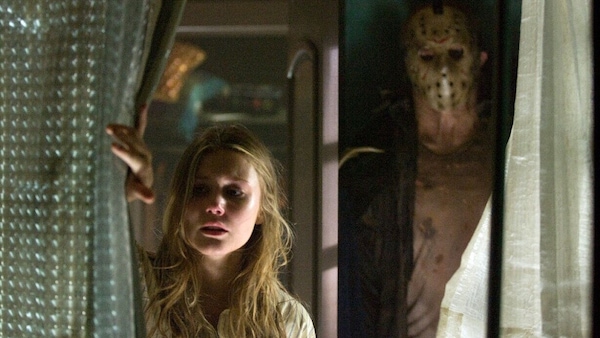
At the start of the second decade of their inception, it was back to the drawing board for Platinum Dunes. On realising the importance of making original horror movies, the company co-produced The Purge and Ouija movies with Blumhouse. But their first commercial and critical success came with A Quiet Place in 2018. John Krasinski’s film renewed the company’s commitment to funding more original projects. “We’ve rebooted enough,” declared co-founder Fuller. “We’ve done all of our [rebooted] horror movies. We’re not going to be doing that anymore”.
What are the hallmarks of Platinum Dunes’ productions?
The paradigm for remakes stayed the same: take the greatest hits from ‘70s and ‘80s slashers and remix them in a glossier new package. The barebones premise stayed the same: teenagers to young adults getting hacked to death by an unstoppable killing machine with an urban-legend backstory. Where the originals had a primal simplicity in how they staged their scares, the remakes were cluttered by over-edited sequences that made explicit what was implicit. To that end, the brutality and the body count increased.
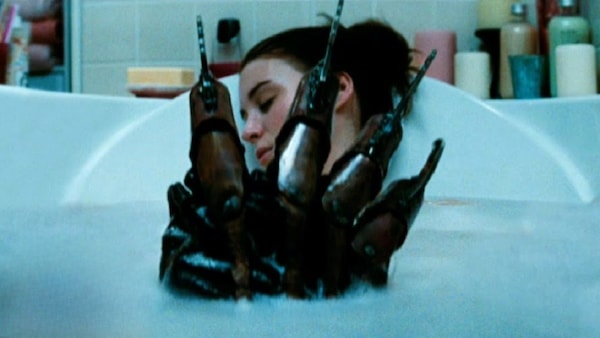
Instead of bringing talented horror filmmakers into the fold, commercial and music video directors were hired at the helm. Getting stars — Jessica Biel in The Texas Chainsaw Massacre, Ryan Reynolds in The Amityville Horror, Sophia Bush in The Hitcher, Rooney Mara in A Nightmare on Elm Street — to front the projects couldn’t stop the wheels from coming off. All the stars did was put on a new and sparkling coat of paint on a rusty vehicle to coax people into paying for the disappointment. If the remakes struggled to find a balance between respectful imitation and meaningful subversion, the original movies (The Unborn, Horsemen, Ouija) struggled to find a balance between continuity and renewal of horror tropes. All in all, the output signifies a studio-wide creative atrophy.
If you are watching the 2003 Texas Chainsaw Massacre, you will find no dusty, sweaty, grainy 16 mm look, no dinner with the cannibals, and no Leatherface dancing with his chainsaw under the rising Texas sun. What you will find instead is a desaturated, decor-lite look away from the sun-drenched original. The threat of violence is replaced by outright gore and torture. There is a clear desire to create a much grimmer production. The opening scene recasts the male hitchhiker as a traumatised woman who ends up shooting herself. Biel’s final girl is forced to play a dreary cat-and-mouse game with Leatherface before she escapes with a kidnapped baby.

The new Hitcher has a couple picking up the sadistic hitchhiker with the girlfriend riding shotgun coming out as sole survivor. But Sean Bean cannot match the disquieting malice Rutger Hauer brought to the role of the titular killer. Despite being a staple of the genre, Friday the 13th was already a middling slasher at best — and the remake doesn’t really improve on it in any way besides the kills. The idea of a killer stalking us in our unconscious mind was employed to terrifying effect in A Nightmare on Elm Street. But the remake suffers from the same bad mojo that haunted Platinum Dunes’ other productions.
The original horror movies don’t fare any better. Horsemen combined the righteous moralising of the Bible and Saw movies to mediocre results. So did The Unborn in combining Jewish folklore and demonic possession tropes. Seeing as A Quiet Place is their golden child, the studio was keen on turning it into a franchise. If parenting wasn’t scary enough already, imagine doing it in a world where aliens hunt by sound. In accordance, an excellent sound design drives the action, holds the suspense, and renders palpable the horror of raising children in a hostile environment. The blaring of a young boy’s toy spaceship acts as a great introduction to the world. But the image of a pregnant Emily Blunt going into labour, hands covering her mouth to stifle the agonising pain, a mother’s act of defiance becoming a quiet place of its own, will remain one of horror cinema’s most defining moments.
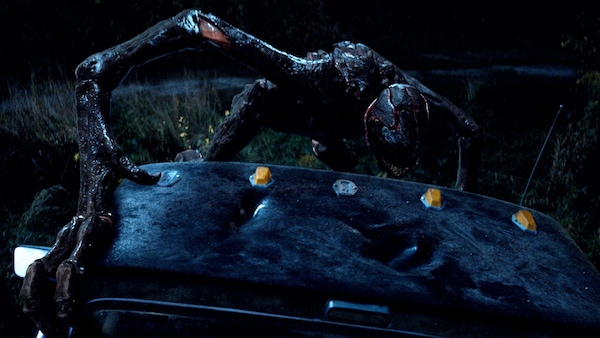
Which are Platinum Dunes’ best horror movies?
